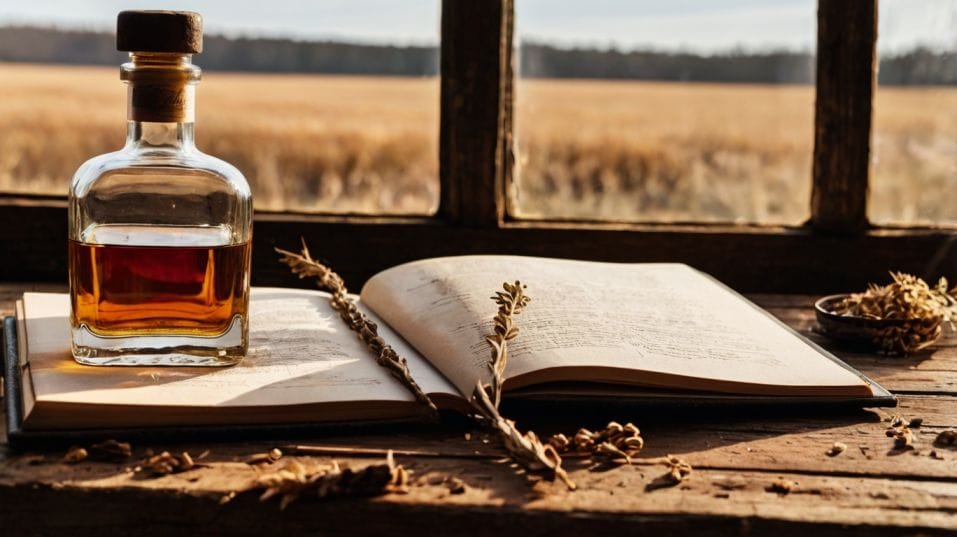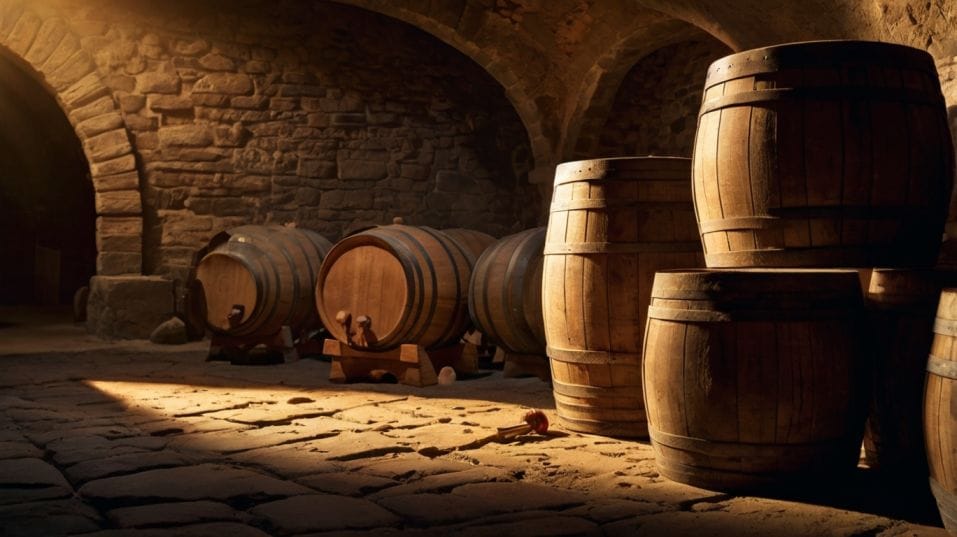What to Look for in Your First Whiskey Bottle
Choosing your first whiskey? Learn how to spot quality, taste with purpose, and buy a bottle that builds confidence from your very first pour.

What makes one whiskey bottle the right place to start? If you’re new to the world of whiskey, that first pick matters more than you think. It can unlock your palate, spark curiosity, and set the tone for your journey ahead.
But with crowded shelves and clever labels, how do you know what to choose? This guide cuts through the noise to help you find a first bottle worth drinking—and learning from.
Start With How You Want to Drink
Before anything else, ask yourself how you plan to drink this whiskey. Neat? On the rocks? Mixed into a proper cocktail? There’s no wrong answer, but your choice affects the kind of bottle that makes sense.
A good beginner whiskey should perform in multiple settings. If it falls apart with dilution, it’s too delicate. If it only works as a mixer, it’s probably flat and underpowered.
You want something that holds up when you sip it straight—but doesn’t blow your palate out. Something that softens with a splash of water or an ice cube, revealing new layers.
And if you’re into cocktails, it should still carry enough backbone to shine through other ingredients.
This versatility tells you a lot about quality. Well-made whiskey isn’t one-dimensional. It flexes.

Forget the Price Games
Price is a terrible shortcut to quality. Some people chase the cheapest bottle they can find, hoping to “dip a toe in.” Others think they should splurge on something expensive to show they’re taking it seriously. Both approaches miss the point.
What you want is value—quality that aligns with experience. The real sweet spot for first-time buyers sits around $30 to $60.
At that level, you’re getting whiskey made with intention, usually by producers who know how to balance craft and scale.
These bottles have enough structure to taste like something worth learning from, but not so much fuss that you’re afraid to pour a second glass.
Avoid anything under $20 unless you’re mixing drinks and nothing else. Go much higher than $70, and you might be paying more for hype than flavor. There are exceptions, but as a beginner, your goal is understanding—not chasing unicorns.
Mind the Proof—But Don’t Fear It
Alcohol content, or proof, shapes how you experience flavor. Bottles in the 90 to 100 proof range (that’s 45% to 50% ABV) hit a great balance for most beginners.
There’s enough intensity to deliver complex aromas and textures, but it’s not so aggressive that it numbs your tongue or burns your throat.
Lower-proof whiskey (around 80–86 proof) can be approachable, but sometimes at the cost of character. That lower burn often comes with a flatter profile.
Higher-proof or “cask strength” bottles can be wild and wonderful—but only if you’re ready for them. As a first bottle, it’s usually too much too soon.
Instead of chasing the highest ABV, look for the bottle that feels alive in the glass. It should evolve as it opens. That’s the signal of real quality.
The Age Statement Isn’t Everything
A 12-year whiskey isn’t automatically better than an 8-year one. Age matters, but only in relation to flavor. Whiskey ages differently depending on climate, barrel type, and grain recipe. What you're really after is balance—not just years in a cask.
Younger whiskey can be vibrant and punchy, full of raw grain character and bright spice. Older whiskey might be mellow, oaky, and rich.
Both can be excellent—or deeply flawed—depending on how they’re made. Don’t get hung up on the number. Ask what the aging process did to the whiskey.
Good distillers don’t bottle whiskey when the calendar tells them to. They bottle it when it tastes ready. Trust that more than a label.
Pay Attention to the Details (but Not the Buzzwords)
Whiskey labels are designed to sell. “Small batch,” “artisanal,” “triple cask,” “non-chill filtered”—these phrases can mean something, but they don’t guarantee anything.
What matters is how the whiskey tastes and what that tells you about how it was made.
Learn to Read a Label Like a Pro
Start reading back labels. Look for real clues: mash bill (the mix of grains), type of cask used, whether it's peated or unpeated, if it’s been chill-filtered (which affects texture), and where it was distilled.
These technical details give you tools to compare one whiskey to another as you build your taste.
If a bottle is made mostly from rye, expect a spicier, drier finish. If it’s a wheated bourbon, expect a smoother, sweeter profile.
Ex-sherry casks? Look for dark fruit, nuts, and baking spice. The more you connect these variables to what’s in your glass, the smarter your next bottle will be.
Explore by Region—but Stay Open
Where whiskey comes from still shapes how it tastes. But don’t let geography box you in. There’s value in understanding the classics, even if you end up somewhere unexpected.
General Flavor Profiles by Region
American bourbon often leans sweet, bold, and oaky—great for cocktails and easy sipping. Rye whiskey is drier and spicier, with a more aggressive finish that rewards attention.
Scotch varies widely: Highland and Speyside regions tend toward fruit, malt, and subtle oak; Islay brings smoke and salt. Irish whiskey is light and soft, good for easing into sipping.
Japanese whiskey tends to be refined, layered, and balanced—sometimes too subtle for beginners but worth returning to.
You don’t need to drink from every region on day one. But knowing where your bottle came from helps you predict what it might offer—and what direction to head next.
Taste With Purpose
Once you’ve picked your bottle, don’t just drink it. Taste it. There’s a difference. Pour a small amount neat, let it sit for a few minutes, then nose it gently. Don’t shove your nose in the glass—hover above it.
Take small sips and pay attention to what happens across your tongue: sweet up front, heat in the middle, lingering bitterness or spice at the end.
Then add a few drops of water. Notice what changes. Water can open up a whiskey, soften the alcohol, or shift the flavor. Try it over ice next. Taste it again the next day. Notice what stays and what evolves.
This process teaches you more than any review or rating ever will. You start to build a flavor memory. You begin to know what you like—not what someone told you to like.
Final Thoughts
Your first whiskey bottle should do more than sit on a shelf. It should work hard. It should stretch your taste, anchor your future bottles, and make you want to learn more. Don’t chase status.
Don’t get lost in marketing. Pick something balanced, versatile, and honest—then spend time with it. Taste it different ways. Explore its edges. Let it teach you something.
Then go find your second bottle, better informed and more confident. Try something. Taste something. Build something—starting today.




